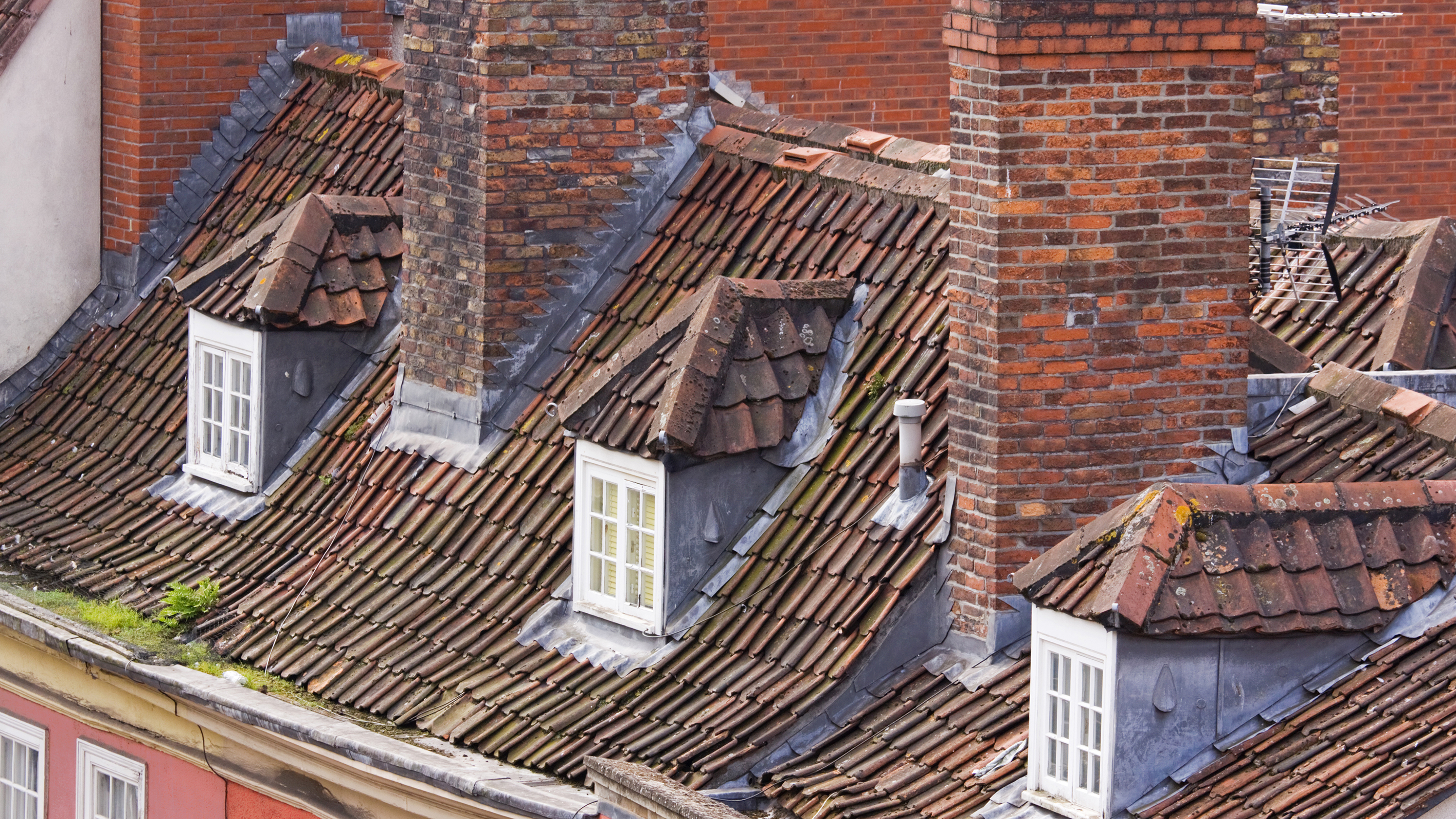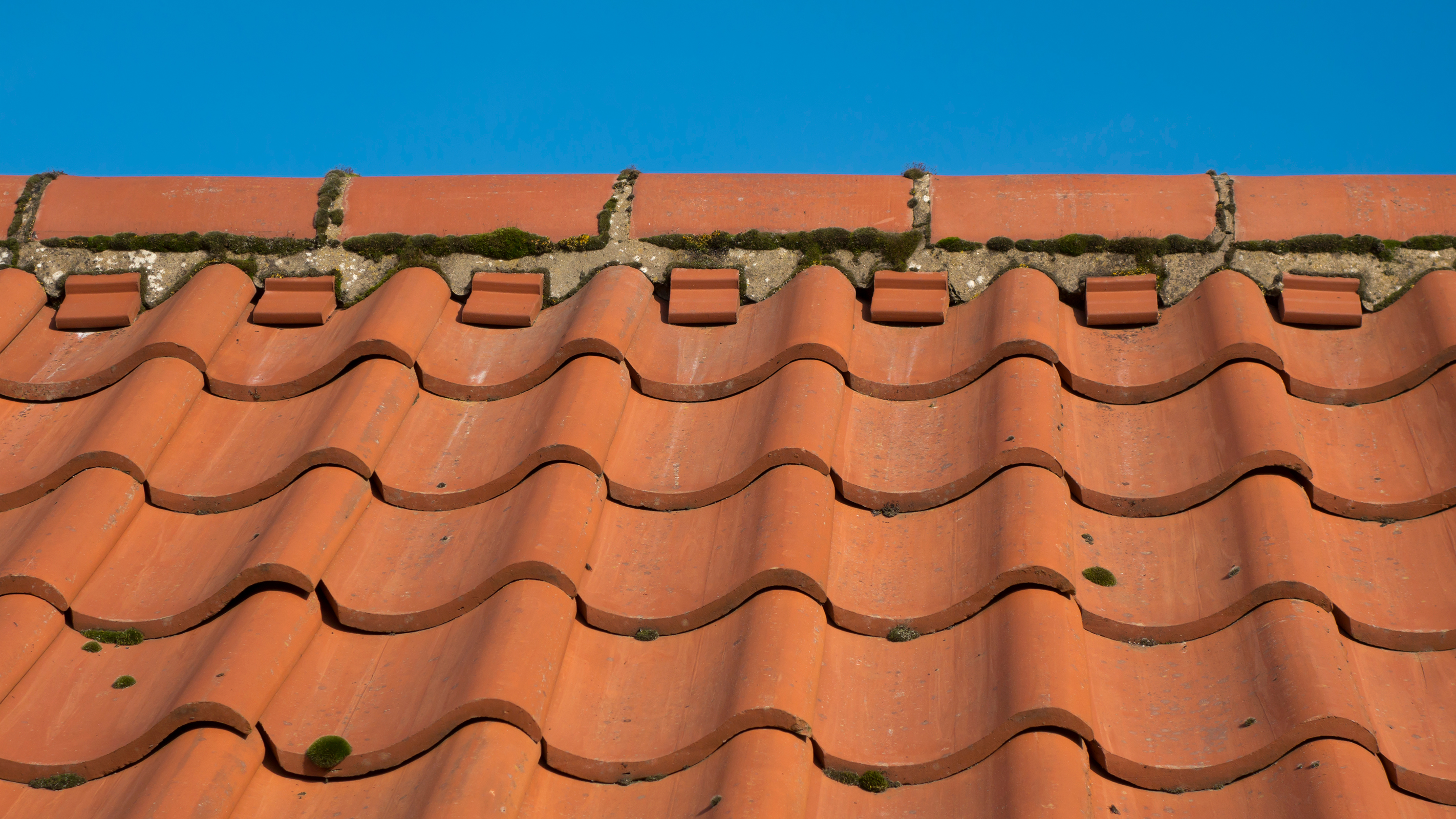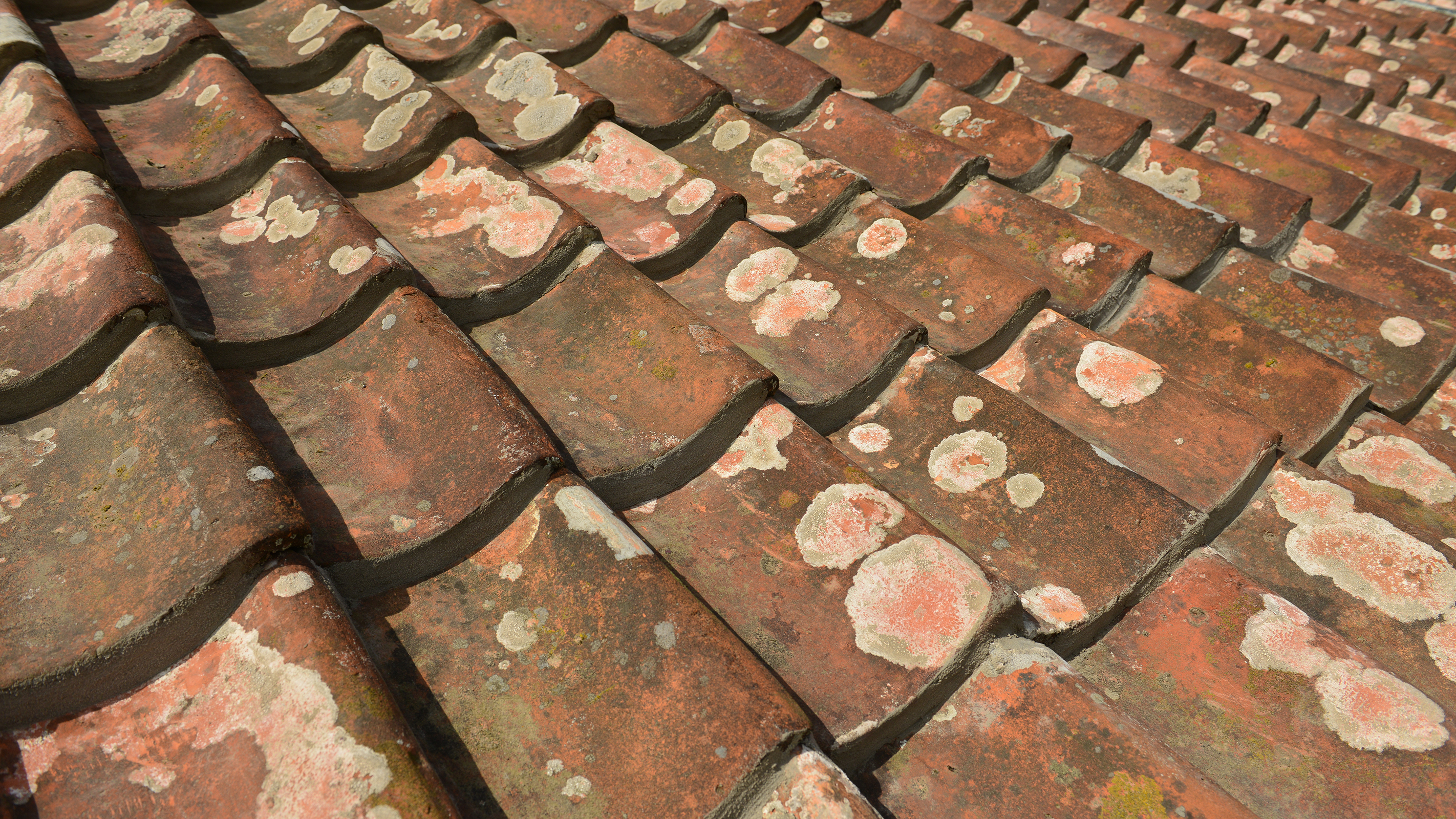What is a Pantile Roof? Everything You Need to Know
A pantile roof is a traditional sight in many parts of the UK — but what are pantiles, how are they laid, what are they made of and are they right for you?

You are likely to be no stranger to the pantile roof if you live on the eastern coast of England or Scotland, where they are a common sight.
Clay pantiles first began to appear in these areas during the 17th century when they were imported from Holland, usually as ballast on trading ships.
Despite their historical nature, when it comes to types of roof tiles, pantiles are actually still a popular choice with many thanks to the character and charm they add to buildings, and their availability in materials other than clay make them a more affordable option than they once were.
If this is a type of roof tile that you are considering then our guide is just what you need. We explain everything you need to know about pantile roofs, from exactly what they are to how they are laid and repaired.
What is a Clay Pantile Roof?
In short, it is a roof covered in pantiles. Pantiles are large format, S-shaped tiles designed to be laid in a side lapping arrangement, with the ends of the tiles overlapping the course directly below only. This is different to other types of clay roof tiles, such as plain tiles, which lap two courses.
Although traditionally clay pantiles were single with the right-hand edge turned down and the left hand edge curved upwards and were not interlocking, it is now possible to find modern alternatives with different profiles and in materials other than clay.
These other types of pantile include:
Bring your dream home to life with expert advice, how to guides and design inspiration. Sign up for our newsletter and get two free tickets to a Homebuilding & Renovating Show near you.
- Interlocking pantiles: These are designed to be quicker (and therefore cheaper) to install than non-interlocking pantiles. They are also suitable for low pitch roofs and come in clay, concrete and metal.
- Concrete pantiles: Although many of these are designed to replicate clay pantiles, be aware that some concrete roof tiles can lack the same rich tones and distinctive individuality of clay and they tend not to weather as well either — plus they are heavier. That said, they are much more budget-friendly.
- Metal pantiles: While metal pantiles are not recommended when repairing an original clay pantile roof, they are easy to lay (usually sold in strips or sheets), very lightweight and suitable for roof pitches as low as 10˚.
- Double pantiles: Double pantiles are usually much cheaper than single clay pantiles overall, being larger format and quicker to lay. They come in both clay and concrete.

How are Pantiles Laid?
The method used for laying pantiles depends on whether they are single or double, non-interlocking or interlocking.
Traditional single clay pantiles do come in various designs which can affect the fixing technique. However, most pantiles are hung on rafters which are attached to horizontal battens spaced across the roof structure.
The top right hand corner and bottom left hand corner of most pantiles feature chamfered edges that are equal to both the headlap and the sidelap, along with a 'nib and nail hold' fixing moulded into the top edge of the tile which secures it to the batten.
Pantiles are laid in rows so that the downturn of one tile overlaps the upturn of the next. This creates the beautiful and distinctive undulating look, but also has a practical purpose as the peaks and troughs direct rainwater into the centre of the tile and channel it down the roof slope.
It is common for the ridge of a pantile roof to be protected by clay ridge tiles which are either half-round or 'V' shaped.
What are the Advantages of Pantile Roofs?
Their attractive appearance aside, one of the main benefits of a pantile roof is how lightweight they are — in fact, they are often up to a third lighter than other types of roof tile.
In addition, many modern pantiles can be used on roof pitches as low as 12.5˚.
What Maintenance do they Require?
Although pantile roofs can, if well looked-after, be expected to last many years, just as with any type of roof wear and tear and damage will be inevitable, at some stage.
The most common reason why pantile roofs require repair is to deal with loose and broken tiles. In years gone by, 'parging' or 'torching' (a type of lime plaster or mortar) was used rather than roofing felt to keep tiles in place, and on older roofs, where the parging has degraded, tiles can become loose.
In addition, moss growth, age and weather damage can also damage tiles, as can rotting battens and fixings.
In the case of a few missing or damaged tiles, replacements will need to be fixed in their place to keep the building watertight — make sure you seek professional advice on how to repair a roof beforehand.

Can You Buy New Clay Pantiles?
While it is possible to buy both new clay and concrete pantiles, when repairing an old roof, care must be taken to preserve the character of the roof.
"Replacement pantiles should usually match the existing ones," say the experts at SPAB (The Society for the Protection of Ancient Buildings). "Substitution with concrete pantiles, profiled steel decking or plain tiles is undesirable as, generally, is replacement of handmade pantiles with machine-pressed ones (or vice-versa)."
Wherever possible, aim to reuse tiles that are still in sound condition – although sometimes it is possible to mix in matching replacement pantiles with old ones to soften the look – or to reserve their use for less obvious sections of the roof.
If you have no choice but to use replacement tiles when repairing an old roof, it is really important to find as close as match to the originals as possible as tiles with a different profile shape won't fit together with existing tiles properly.
Of course, if you are covering a new roof with pantiles, you have a wider range of options.
Both handmade and machine-made clay pantiles are available, as are concrete versions — you will need to weigh of the pros and cons of concrete vs clay roof tiles carefully before making your final decision.
What Do Pantiles Cost?
You will need to factor in your new pantiles when working out the cost of tiling a roof. The price you will pay will very much depend on what the tiles are made of and whether they are new or reclaimed.
Reclaimed single clay pantiles can come in at anything between £1.50 - £5 per tile + VAT, while new single clay pantiles tend to cost between £2-£3 per tile. Concrete pantiles can cost less than £1 per tile.
Obviously the size of the tiles will dictate how many tiles you will need per m2 — this can be anything between nine to 20 tiles or more.
Natasha was Homebuilding & Renovating’s Associate Content Editor and was a member of the Homebuilding team for over two decades. In her role on Homebuilding & Renovating she imparted her knowledge on a wide range of renovation topics, from window condensation to renovating bathrooms, to removing walls and adding an extension. She continues to write for Homebuilding on these topics, and more. An experienced journalist and renovation expert, she also writes for a number of other homes titles, including Homes & Gardens and Ideal Homes. Over the years Natasha has renovated and carried out a side extension to a Victorian terrace. She is currently living in the rural Edwardian cottage she renovated and extended on a largely DIY basis, living on site for the duration of the project.

